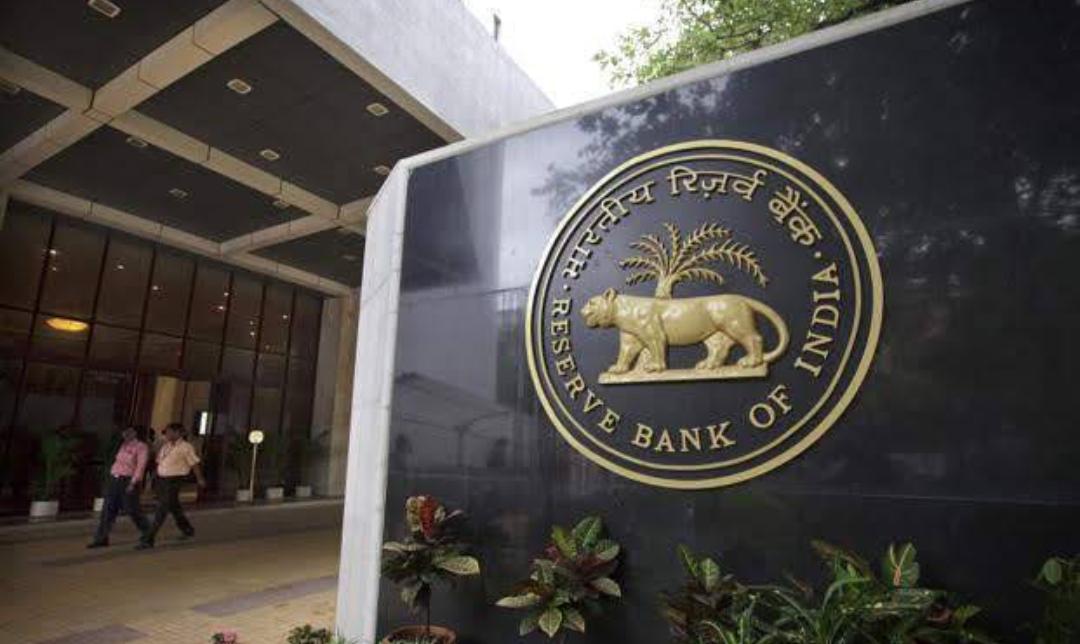
The upcoming Cash Reserve Ratio (CRR) reduction, set to be effective from the first week of September, is expected to significantly increase liquidity in the financial system. This move by the Reserve Bank of India comes at an opportune time—just before the start of the festive season, a period when demand for funds traditionally spikes. What this essentially means is that even during high-demand months like September and beyond, liquidity will remain ample. This change is particularly positive for financial companies, especially those that borrow funds at floating interest rates.
Companies that borrow on a floating-rate basis but lend at fixed rates stand to benefit the most. A floating-rate borrowing structure means that when interest rates go up, their borrowing cost increases, and when interest rates go down, it decreases. However, if they continue to lend at fixed rates to customers, they retain the higher income from loans while enjoying reduced borrowing costs. This creates a wider margin, known as the spread, and directly improves the company’s profitability.
This is a broadly positive signal for the entire financial sector, but it's especially advantageous for companies in specific sectors like vehicle finance, gold loan, and select housing finance segments. These companies tend to rely heavily on floating-rate borrowings while maintaining fixed-rate lending products for customers. This strategy allows them to lock in strong margins when the cost of borrowing falls. As soon as the CRR cut announcement was made, several of these stocks began to see investor action.
Among the companies likely to gain, Mahindra & Mahindra Financial Services (M&M Finance) is expected to benefit the most. The company has a strong presence in rural and semi-urban vehicle financing and operates largely on a floating-rate borrowing model. PNB Housing Finance is another standout. Often referred to as one of the best-performing housing finance companies recently, it has shown remarkable improvement under the leadership of CEO Girish Kousgi. Since his arrival, quarter-on-quarter results have shown a steady uptrend, and the future outlook he shared in previous interviews has been very optimistic. This makes PNB Housing one of the top picks in this liquidity-driven environment.
Other notable beneficiaries include Shriram Finance, Bajaj Finance, and Home First Finance Company (HomeFirst). Shriram Finance, with its significant loan book in the commercial vehicle segment, is showing strong performance and is considered one of the two best choices along with PNB Housing. Bajaj Finance, a diversified NBFC, is likely to benefit from both its efficient asset-liability management and improved spreads due to lower borrowing costs. HomeFirst Finance, which primarily focuses on affordable housing loans, also relies heavily on floating-rate borrowings and is likely to see an improvement in margins.
SBI Cards is also mentioned among the potential beneficiaries. While it is currently performing well and is benefiting from the current liquidity environment, it may carry a bit more risk due to volatility. However, its inclusion in the list of gainers suggests that even companies outside the traditional NBFC space can benefit from this monetary easing.
To sum up, the CRR cut is not just a technical adjustment—it’s a significant liquidity boost that aligns perfectly with India’s festive season credit cycle. It favors companies that borrow at floating rates and lend at fixed ones. Among them, PNB Housing Finance and Shriram Finance are considered the top two performers. M&M Finance, Bajaj Finance, and HomeFirst Finance are also strong contenders, already showing upward movement in their stock prices following the CRR announcement.
Disclaimer: This article is for informational purposes only and should not be construed as investment advice. Please consult a certified financial advisor before making any investment decisions. Stock market investments are subject to market risks.




